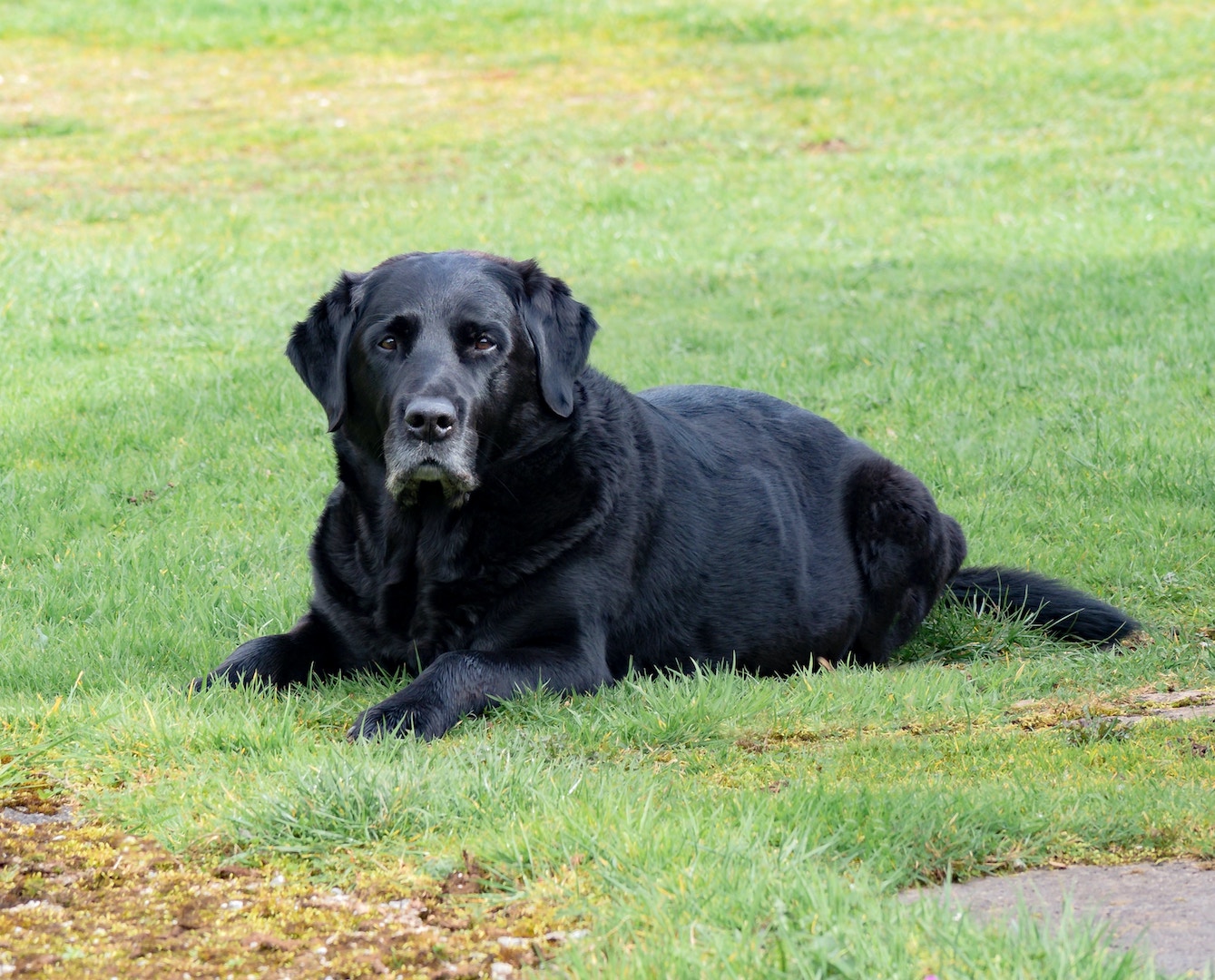Imagine living in the South Pacific, but rather than soaking up the sun and sipping tropical drinks, you spend your time studying the culture and how it fosters creativity and innovation. That’s exactly how Katherine Giuffre prefers to spend her time. A sociology professor at Colorado College, Katherine analyzes social networks to gain a deeper understanding of social life and the relationships that build communities.
Katherine’s studies have taken her to the far corners of the earth. We recently caught up with her to ask about her research pursuits and how her findings translate to success in the business world. She’ll also give a talk on November 16th at TEDxMileHigh—a not-to-miss event.
Tell us a little about your background.
Well, I grew up in Arkansas and then went to Harvard. After college, I spent some time traveling in Southeast Asia and the South Pacific before going to graduate school to get my Ph.D. at the University of North Carolina at Chapel Hill. I’ve been at Colorado College for 17 years now in the Sociology Department, where I am Chair.
Arkansas – Harvard – S.E. Asia – Chapel Hill. Quite an interesting path! So what sparked in you an academic interest in creativity and creative networks?
Between getting my Master’s degree and my Ph.D., I spent 18 months on the staff of the School of the Museum of Fine Arts in Boston, where I was also taking classes. One of the things that I noticed there was that there seemed to me to be no correlation between “talent” and “success” in the art world. So I started thinking about other things that might be driving success — like social networks — and when I went back to graduate school to complete my Ph.D., I did research for my dissertation on how people become successful in the art world. That work looked at particular types of career success — getting reviewed in art journals and getting collected in museums. But, of course, there are other ways to be successful, too — such as being creative. So I’ve spent the past two decades looking at a variety of ways in which social networks work in the fields of creativity (artistic and otherwise) and innovation.
You’ve done work in the South Pacific, specifically with various Polynesian societies. Could you describe your work there in a bit more detail?
I do my research on the island of Rarotonga, which is the main island of the Cook Islands in Central Polynesia. It’s a former British colony that is now an independent nation and is in the same location south of the equator that Hawaii is north of the equator, so a very similar climate and culture, but much, much smaller and more remote. But it has an amazing art scene and I was really intrigued to go there and see why that place at that time was having this explosion of artistic creativity. And it fit with a long-standing interest I’ve had in Polynesian society — going back to when I was a sixth grader and first read Margaret Mead’s work on Samoa, actually.
Are there any other regions of the world that you are interested in studying at a more in depth level?
I’ve lived for a year in Italy and a year and a half in Switzerland, which were both very interesting in that they had completely different ways of organizing their societies around issues of innovation and breaking with traditions, but for me, the most interesting countries are the ones in Asia and the Pacific. Sociologically speaking, there is so much going on with regard to creativity and innovation. But I don’t feel like I’m in any way finished with the South Pacific, yet. Polynesian culture is so rich. And it certainly is no hardship to have to live on a beautiful tropical island to do my research. Somerset Maugham said that if you ever go to the South Pacific, you shouldn’t leave — because if you leave, you will spend the rest of your life trying to figure out how to get back. He was right!
What can we do to help foster creativity on all levels of society? Are we doing enough to drive creative education?
Boy, we are certainly not doing enough currently in the United States. We are going absolutely in the wrong direction, in fact — especially with an educational system that focuses more and more on standardized testing. We are trying our best as a society to squash all creativity and innovation out of our children and once it is squashed, it will be very difficult to get it back. So the first thing we have to do is dump the emphasis on standardized testing and on children being exactly the same, and replace it with a model that values children as individual thinkers. Tragically, this model of standardization invades our workplaces, too.
Who is, in your opinion, the most creative person you know?
I know too many to pick just one!
What do you personally do to get the creative juices flowing?
I was talking to Keith Sawyer, who is a psychologist who studies creativity, and he told me that psychologists often talk about the “Three B’s” — bath, bed, and bus. Those are three places where people often report getting their best ideas. I laughed, because it’s the bath for me! When I’m stuck for an idea, I take a nice hot bath and it works like magic.
Fill in the blank. If I wasn’t a professor at CC, I’d be….
A midwife in Polynesia.
What’s something very few people know about you?
I completely do not believe in ghosts, BUT — when we lived on Rarotonga, our house was haunted and we had several encounters with the ghosts of the ancestors of the woman whose house we lived in. All very friendly, I’m happy to say.


















